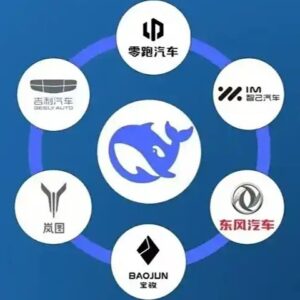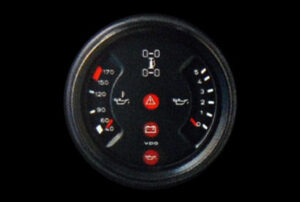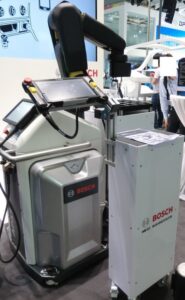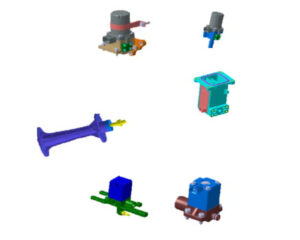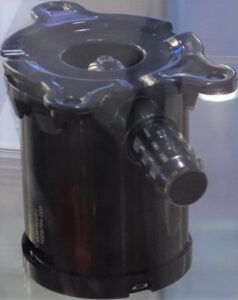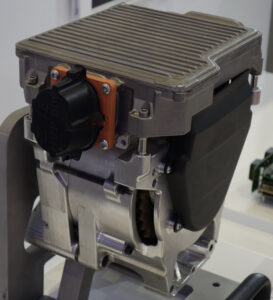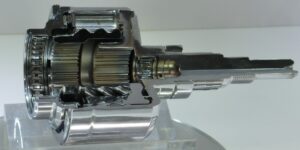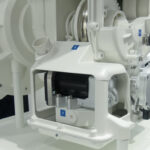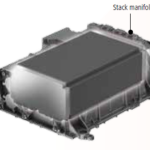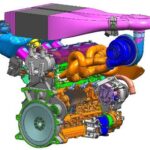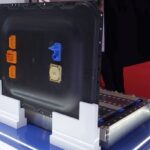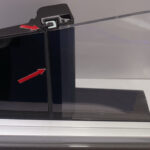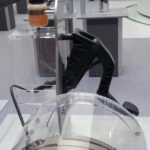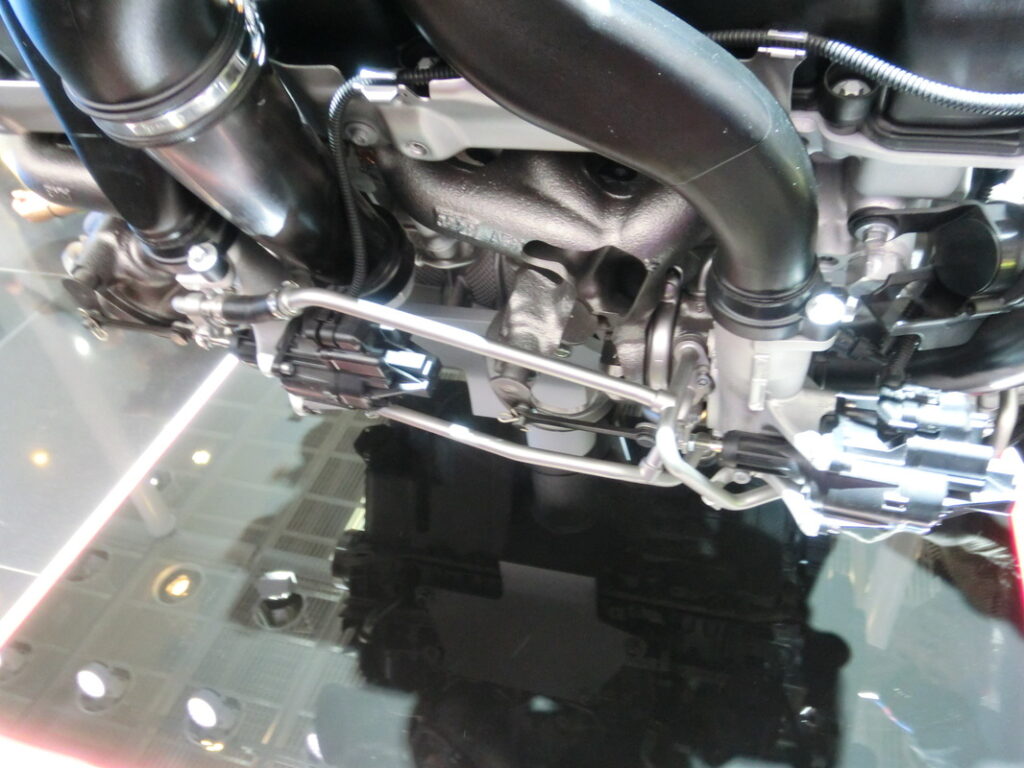
The main advantages of the electrical wastegate valve compared to the pneumatic wastegate valve are:
- High adjustment speed
- Precise boost pressure control
- High closing force, thus less leakage and quicker build-up of boost pressure
- Complete opening of the wastegate valve possible (This supports quick heating of catalytic converter upon cold start)
- Lower exhaust emissions
- Fuel economy
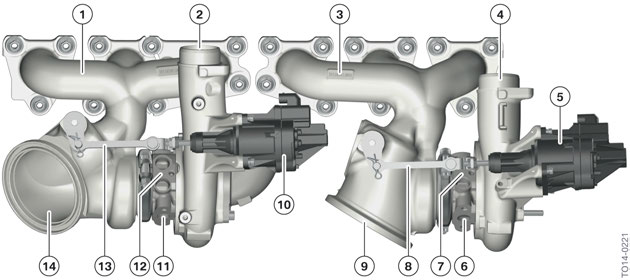
1 Exhaust manifold, cylinders 4–6
2 Connection for the charge air cooler, cylinders 4–6
3 Exhaust manifold, cylinders 1–3
4 Connection for the charge air cooler, cylinders 1-3
5 Electrical wastegate valve actuator, cylinders 1–3
6 Oil return
7 Coolant connections
8 Wastegate valve, control rod, cylinders 1–3
9 Connection for the exhaust system
10 Electrical wastegate valve actuator, cylinders 4-6
11 Oil return
12 Coolant connections
13 Wastegate valve, control rod, cylinders 4-6
14 Connection for the exhaust system
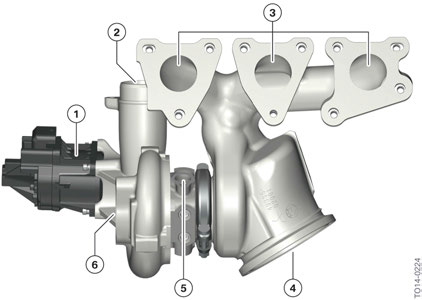
1 Electrical wastegate valve actuator
2 Output for charge air cooler
3 Exhaust ports bank 1 (cylinders 1–3)
4 Connection for the exhaust system
5 Oil supply
6 Input, clean air

